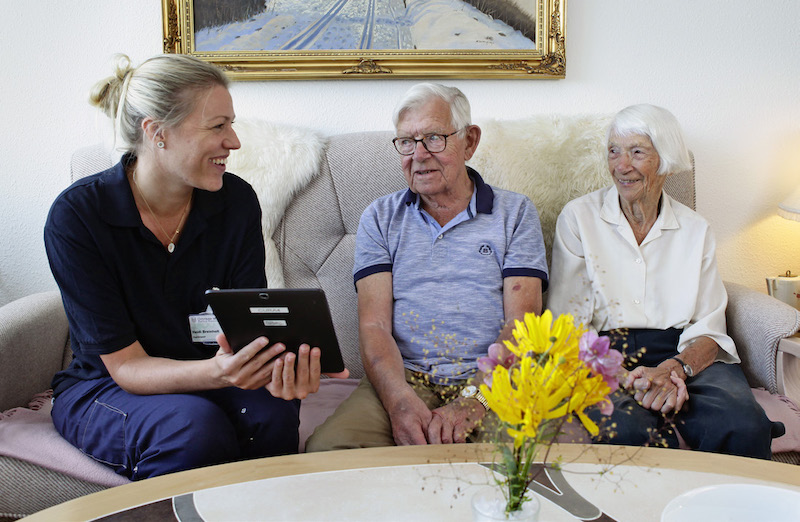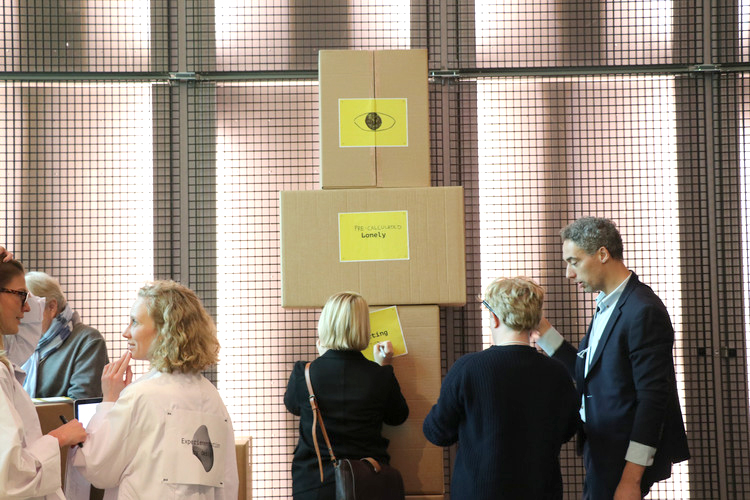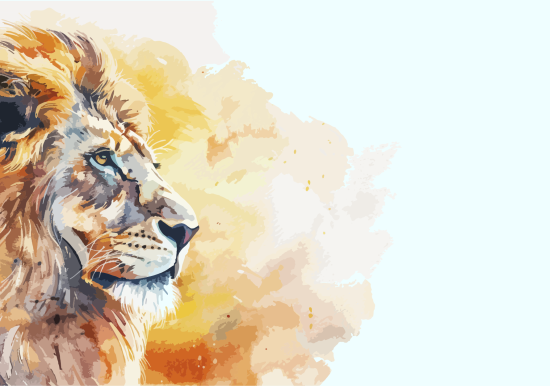
Placing Design at the Centre of Public Service Delivery
Christian Bason
CEO, Danish Design Centre
Governments are struggling to keep up. With the pace of technological change, with a rapidly deteriorating natural environment, and with increasingly diverse and complex demands from citizens. In addition, governments are increasingly stretched, lacking the financial muscle to meet the rising demand for high quality, differentiated public services that produce the results citizens expect.
So what is the way forward for public managers who wish to not only react to an ever-changing and turbulent environment, but to more pro-actively develop services that are meaningful to citizens and enable better outcomes? How might governments shift to a more citizen- and user-centric stance?
Design – the strategic use of the thinking, sensibility, and methods of professional designers – is a promising approach which has been increasingly embraced by public managers around the world. From Europe to North America, to the Asia-Pacific, often under the banner of “design thinking”, a suite of practices have emerged and been applied, adjusted, and iterated. These provide leaders with ways to drive innovation, serve citizens better, and even discover new ways of governing that are much more aligned with contemporary challenges.
How can design drive innovation in policy making and in public services?
The design field offers policy makers and public managers three sets of processes which taken as a whole can power more innovative and citizen-centred solutions.
First, design can contribute to uncovering problems from a human perspective, eliciting insight and even empathy with the people governments serve. Methods such as ethnographic research – including deep qualitative interviewing, shadowing, and participant observation – allow public actors to achieve a nuanced understanding of how people encounter their systems and interventions. As an example, the Danish Design Centre worked with independent fund Bikubenfonden to explore how children in foster care experience their transition from placement with foster families to adult life. Through interviewing and the exploration of different service experiences, new and eye-opening insights emerged for local governments in charge of foster systems. One young man, Dennis, whom public servants had considered an extreme introvert, opened up during interviews and shared how he would love to attend local community centre classes to teach other youths how to play the guitar. The government officials were surprised that Dennis didn’t want to be left alone; the problem was that he couldn’t see a meaningful activity in which to engage. This kind of citizen insight allows public managers – ranging from front-line workers to policy makers – to re-imagine what fruitful interventions can look like, and how to redesign them to achieve better outcomes for citizens. What would good outcomes be in the case of Dennis? A sense of belonging, new social connections, and an appetite to contribute.
Second, designers are adept at engaging and facilitating creative processes where ideas are developed across multiple disciplines, organisations, and sectors. Expanding perspectives on the types of solutions possible requires a diversity of views and skills. Too often, public organisations develop ideas internally only, and in very short and narrow time intervals. But creativity needs space to flourish. It needs the involvement of diverse views and domains of expertise. It needs challenges and barriers to overcome. It needs “new boxes” to think inside – new frames and settings that can enable actors to view entrenched problems in a new light. By using visual tools and artifacts, designers can help public managers drive creative brainstorming and concept development processes that lead to new types of solutions. An example is the “Fredericia model” in Danish elder care, which was co-designed in a collaborative workshop hosted by the city of Fredericia. The idea was simple but had not been considered before: Why not rethink care services for the elderly from “helping people with their chores at home” to “investing in people’s own ability to do their chores themselves”? So, rather than public care workers visiting the elderly to vacuum for them, the new model would design interventions such as physical training and physiotherapy to help citizens gain enough strength to not only vacuum for themselves, but to be able to take the train to visit their grandchildren. In short, the public should invest in people’s ability for independent living and “living longer in their own life”, as the project’s slogan later became. This idea ultimately became the standard model for in-home care in Denmark, embedded in national policy.

Third, designers are masters in giving form and shape to abstract ideas. Taking a model like “living longer in your own life”, and graphically illustrating the new and re-designed user journey for older citizens engaging with the public system, enables care workers to enact the new behaviour needed. New digital and physical forms and templates that can place descriptions of citizen’s needs at the heart of new services could be another example. By building early, rough models or prototypes, designers help public servants to experiment and test temporary suggestions with citizens themselves before making final decisions. This power of making things concrete and learning by doing as citizens and other users provide feedback, is at the heart of good design.
Leading Design in Government: Pitfalls and Possibilities
However, policy makers and managers should be aware that introducing design thinking and methods into organisations goes beyond the processes described above. It challenges at a more fundamental level how an organisation acts and thinks about problem solving and new opportunities. This is, ultimately, a question of culture. Designers seek deep understandings of users’ conditions, situations, and needs by stepping into their shoes, seeing the world through their eyes and capturing the essence of their experiences. There is a deliberate focus on achieving connection, even intimacy, with users. Because design work is fundamentally human-centred and takes an outside-in view of value creation, it can significantly challenge organisations that are built on administrative, bureaucratic traditions that take an inside-out view. Consequently, employees traveling this path who are unfamiliar with design thinking (usually, most of them) need the guidance and support of leaders in key moments to help them navigate the unfamiliar landscape of feelings, divergence, and failure and channel their reactions to the approach productively.
Public managers and policy makers can embrace three sets of practices to help overcome these challenges: leveraging empathy to motivate change, encouraging divergence and navigating ambiguity, and making space to rehearse new futures.
As a professional, systematic approach to user engagement in innovation processes, design offers the best bet available for public managers and policymakers to connect citizens to future services and interventions.
Christian Bason, CEO of the Danish Design Centre
Leveraging Empathy
Gathering insights from citizens like Dennis in the story above, and truly incorporating those insights into the design of new services or policies, can be quite challenging. To employees long accustomed to being told to be rational and objective, design methods can seem subjective and personal. As public organisations endeavour to understand their users better, design thinking approaches to connecting with citizens can feel too close, uncomfortably emotive, and sometimes overwhelmingly affecting. Enduring this “discomfort” of design thinking is worthwhile because great new possibilities for change, improvement, and innovation can ensue. The truth is that the same aspects of design methods that employees find difficult to digest are also the source of their power. In response to this, leaders can:
- Endorse processes which involve information about citizens, insisting that this outside-in perspective is valuable and necessary to drive innovation
- Support the employees who are dealing with distressing emotions that arise when the effectiveness of the process is questioned
- Push and support employees to embrace and tackle new insights
- Frame new findings as opportunities for redesign and improvements, not as performance problems.

Encouraging Divergence
The challenges don’t end with managing new insights from citizen-centred processes. Another potentially unsettling aspect of design approaches is their reliance on divergent thinking, which means not taking the most efficient path to a solution. Design methods ask employees to not race to the finish line or to converge on an answer as quickly as possible, but instead widen the set of options – to go sideways for a while rather than forward, so to speak. This can be difficult for people schooled in the need to maintain clear direction, the importance of cost savings, the value of finishing sooner rather than later, and so on. Employees can feel that the process is stuck and going nowhere (and for a while, that may actually be the case). Leaders can, in response to this, practice the following:
- Help their staff resist the urge to converge quickly on a solution without feeling they lack direction
- Support the goal-oriented people to deal with their insecurities and worries about the process of divergent thinking [in their eyes an unnecessary ambiguity]
- Lead by example, by sharing feelings of uncertainty with employees while at the same time showing trust in the open-endedness as a benefit [not a lack of direction].
Rehearsing New Futures
Design approaches also call on employees to repeatedly experience something that they have historically tried to avoid: failure. The aspects of design methods that involve iterative prototyping and testing are at their best when they produce lots of negative results: outcomes that show you what does not work. But piling up seemingly unsuccessful outcomes does not feel good to most people! Leaders can respond with the following:
- Enable testing and trial and error practices with users and staffers by providing time and resources
- Address scepticism about the value of the work by conveying to employees that “failed” prototypes represent progress
- Be specific about what overall outcomes need to be achieved
- Have a focus on creating value not just for external clients but also for employees, which will broaden the potential benefits of change and secure buy-in.
As a professional, systematic approach to user engagement in innovation processes, design offers the best bet available for public managers and policy makers to connect citizens to future services and interventions. However, for all the power of design methods, leadership and hands-on engagement is needed to be successful. When it comes to innovation in government, there is no such thing as a silver bullet. But design comes close.
Christian Bason is CEO of the Danish Design Centre, a foundation working to advance the value of design for business and society. He shares how a “design” approach in public policymaking helps public servants discover how to connect citizens to services.
More Stories


Governance Competition: The Winners in 2025

